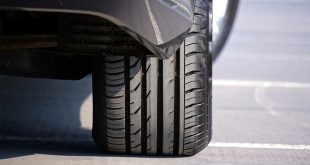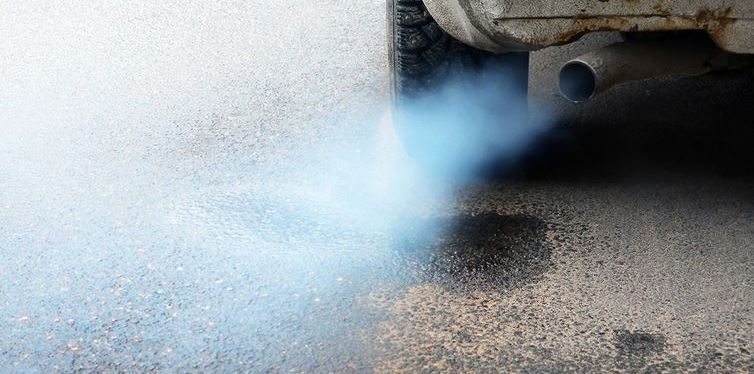Starting cars that have been sitting for minimum of three years or more takes more precautions before starting. Unless it has been running when parked, it shouldn’t take much to get it up and going again. There are necessary things to put into consideration before starting a car that has been sitting for years. One is corrosion, parts of the car engine, transmission and electric circuits are made up of iron and exposure to air and moist over time will cause it to rust. Therefore the number one thing among others you should consider is lubrication. Lubrication for one suppresses corrosion. These are what is recommended you should do first before starting the car.
Change the engine oil
First thing you need to do is to replace the engine oil. Engine oil sitting in an engine over years is probably contaminated and not fit for lubrication. Using a contaminated engine oil can probably cost you a new engine, so avoid this.

Change the oil filter
Changing the oil filter when changing the engine oil makes sense because there will be contaminated oil left in the old oil filter which may likely have clogged up over years preventing the oil filter from carrying out its primary function.

Change the transmission fluid
Just like the engine, the transmission uses lubrication. Transmission fluid left in the gear over years is likely contaminated and will need to be replaced. Like the engine, driving a car with contaminated transmission fluid will cost you a new transmission.

Change the battery
The acid and the ions inside the acid are likely drained over years of a car lying in a spot, unless the battery connections or the battery itself are removed. Not to mention terminal heads that have rusted. Getting a fresh battery is the best solution.

Flush the radiator and replace the coolant
Inspect the radiator for possible leakages caused by corrosion (this is often in a case where water is used instead of coolant). If non, drain the old coolant out of the radiator and flush the radiator. Next, pour in new coolant.

Change the brake fluid
Inspect the braking system from the brake fluid container to the rotors (brake discs) and the calipers for possible corrosion and leakages. Drain the old brake fluid and pour in new fluid.

Replace the power steering fluid
Like the engine and transmission, the power steering have parts that can be exposed to corrosion. Old power steering fluid is probably contaminated and will need to be replaced.

Change the fuel
If there is fuel in the tank of the car, it needs to be drained out. Fuel sitting in the tank of a car for years will likely be contaminated at this point. If possible, wash the tank and flush the fuel channel for debris. Inspect the fuel pump and replace the fuel filter if necessary.

When all these are done, now you can start the car. In special cases where you need more detailed inspection, you can contact your mechanic or reach us by following this link HERE. A qualified specialist will inspect the car for you and get it started like new. Or you can chat with us.
 Spot Dem Everything About Cars
Spot Dem Everything About Cars




